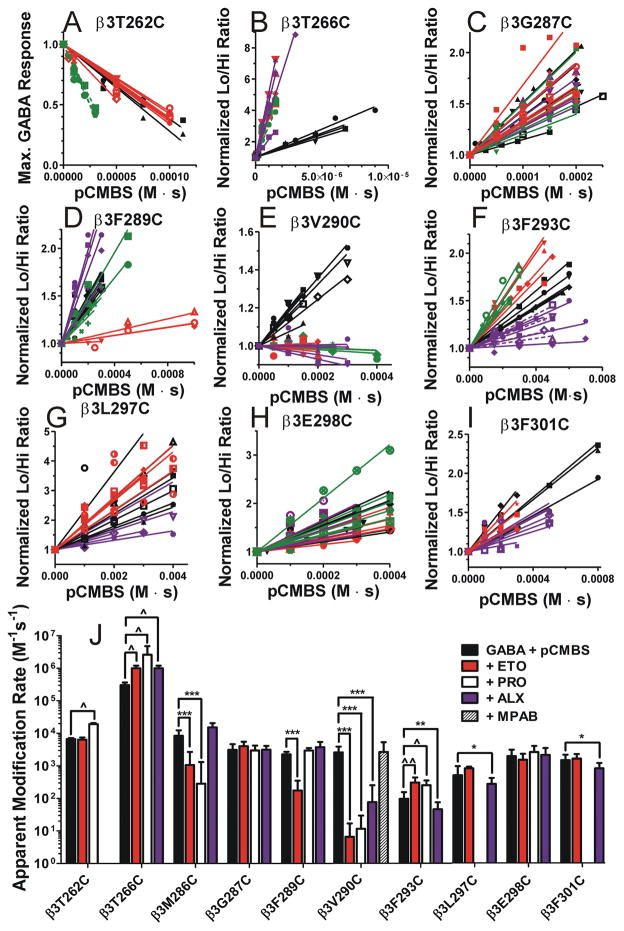Fig 4. Anesthetic protection of substituted cysteine mutant GABAA receptors.
Panels A through I, labeled by mutation, show individual oocyte data and linear fits for control modification (GABA + pCMBS; black symbols and lines), and modification in the presence of etomidate (red symbols and lines), propofol (green symbols and lines), and alphaxalone (purple symbols and lines) results. Corresponding example current traces for control modification are shown in Fig. 3. Anesthetic concentrations were 10 μM etomidate, 20 μM propofol, and 10 μM alphaxalone, except for β3F289C, β3F293C, and β3L297C where five-fold higher concentrations were used. Data for β3M286C is not shown, because we have previously reported similar results 21. Panel J summarizes mean ± SD rates (fitted linear slopes) for all 10 ten cysteine-substituted mutants on a logarithmic scale. Results for 8 μM mTFD-MPAB effects on β3V290C modification (n =6) are included. Negative slopes for β3T262C and β3V290C were inverted for rate comparisons. Two-way ANOVA analysis was used to assess whether addition of anesthetics significantly altered the apparent rates of modification relative to control conditions with GABA + pCMBS in each mutant. Protection is inferred in cases where addition of anesthetics significantly reduced modification rates. * indicates significantly reduced modification rate, while ^ indicates significantly increased modification rate: * or ^, p < 0.05; ** or ^^, p < 0.01; ***, p < 0.001.

